Science and religion have long been subjects of great debate and fascination. While some beliefs from religious texts offer profound moral and philosophical insights, others conflict directly with scientific evidence. Let’s take a look at 18 beliefs that science has debunked but that many people continue to believe.
Evolution vs. Creationism
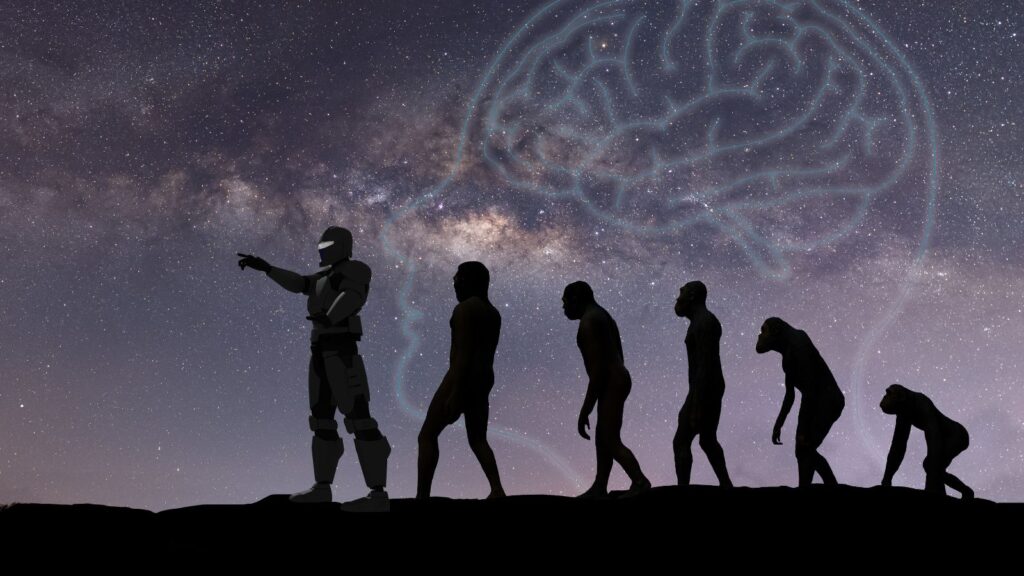
Religious creationists believe that the earth and all living beings were created in their current forms, but the theory of evolution is supported by a vast amount of evidence from fossil records, genetics, and observed natural selection. This science contradicts the idea that all species were created in their current forms. Instead, there is robust evidence to suggest that animal and plant life evolved via small adaptions.
Homosexuality as a Choice

Scientific research supports the understanding that sexual orientation is not a choice but an innate characteristic with biological, genetic, and environmental influences, and homosexuality is a natural variation observed across numerous species, not only humans.
Illness and Disability from Sin

The notion that illness and disability result from sin is not supported by scientific evidence. Medical research has identified the biological and environmental causes of various diseases and disorders.
Flat Earth
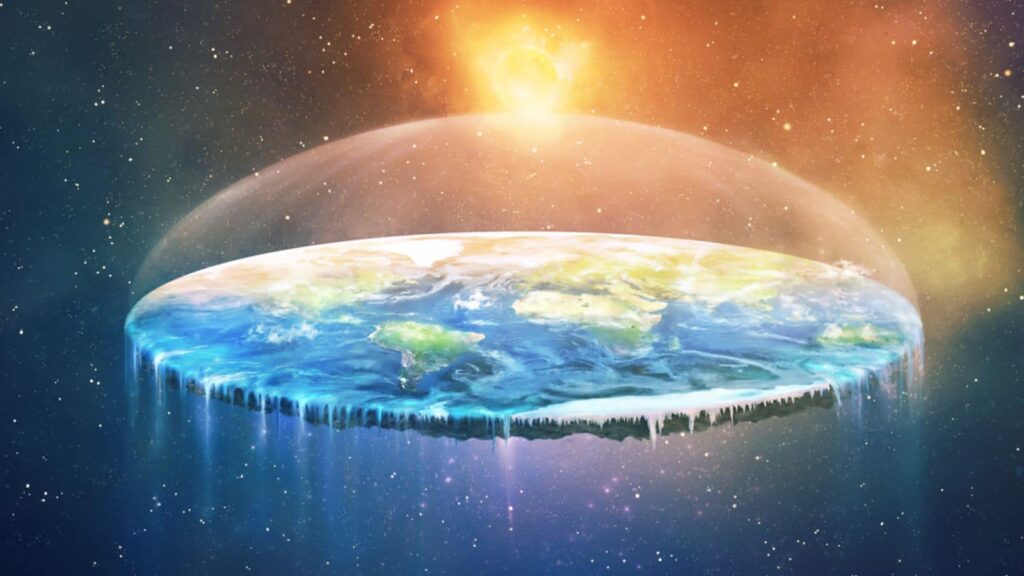
Despite modern images and data from space confirming the Earth's spherical shape, some people still adhere to the belief that the Earth is flat. However, a plethora of scientific evidence from physics, geography, and astronomy robustly supports the fact that the Earth is round.
The Healing Power of Prayer

There are numerous stories around the world of healing through prayer. While prayer can provide comfort and have positive psychological effects, there is limited evidence to support the claim that prayer alone can cure physical ailments.
The Sun Revolves Around the Earth
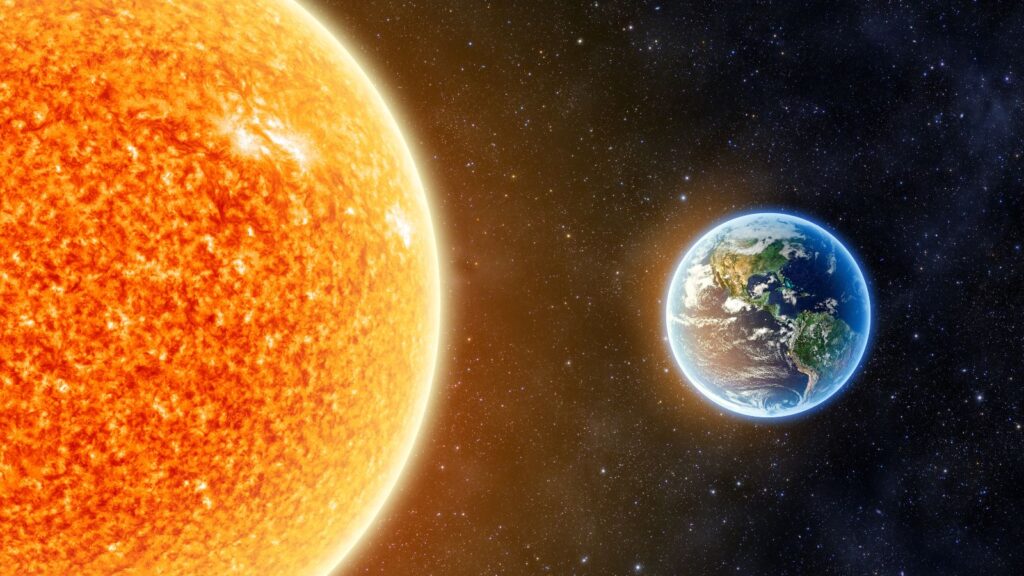
The heliocentric model, which places the Sun at the center of the solar system with Earth and other planets orbiting it, has been well-established through centuries of astronomical observations. This model replaced the outdated geocentric model, but some people in religious spheres still believe it.
Miracles Defying Natural Laws

Many religious traditions recount miracles that seem to defy natural laws, and while science cannot categorically disprove miracles, it emphasizes finding natural explanations for phenomena. Many events that were once considered to be miraculous have since been explained through scientific understanding.
The Immortal Soul
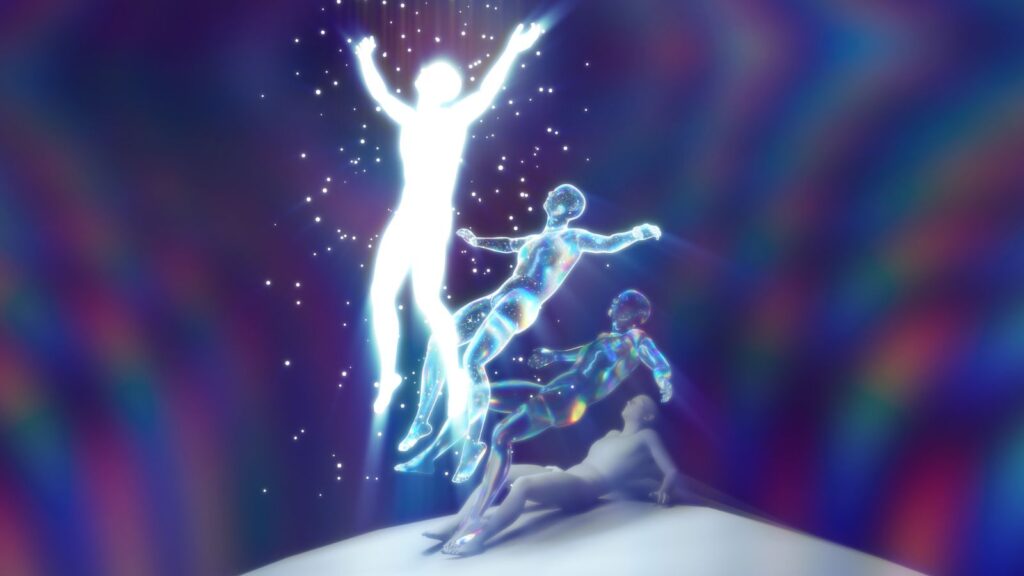
The concept of an immaterial soul separate from the physical body is central to many religions, but neuroscience has shown that consciousness and emotions are products of brain activity, with no evidence for a soul existing independently from the body. But it’s always possible that this is something that science is not (yet) able to quantifiably measure.
Vaccines and Health

The belief that vaccines are harmful and unnecessary contradicts extensive scientific research demonstrating their safety and effectiveness in preventing serious diseases, and vaccines have been a critical tool in reducing the spread of infectious diseases globally.
Earth-Centric Universe
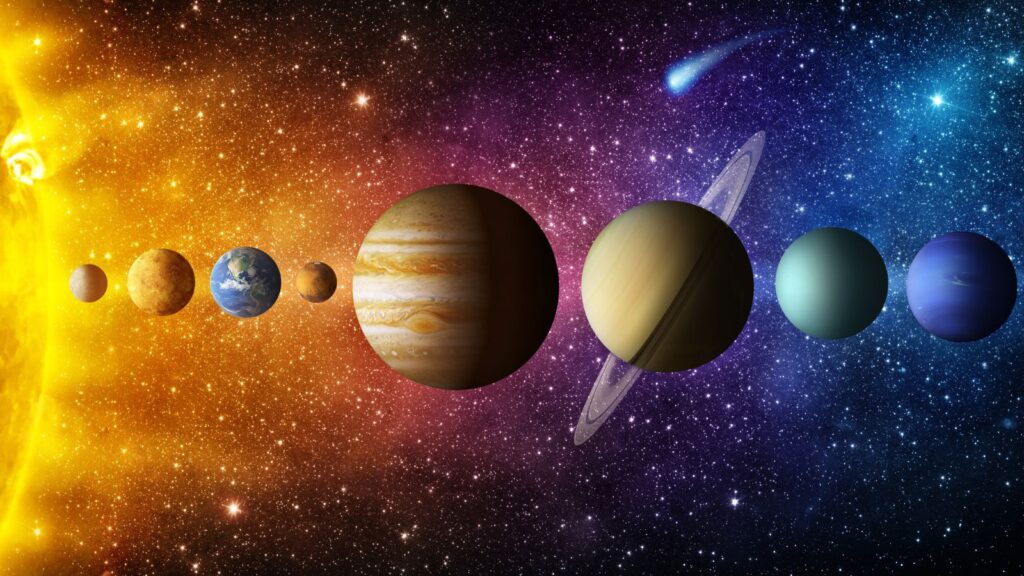
The ancient belief that Earth is the center of the universe was long debunked by Copernicus and Galileo, and modern astronomy confirms that Earth orbits the Sun, which is just one star in an immense galaxy within a vast universe.
Astrology and Supernatural Events
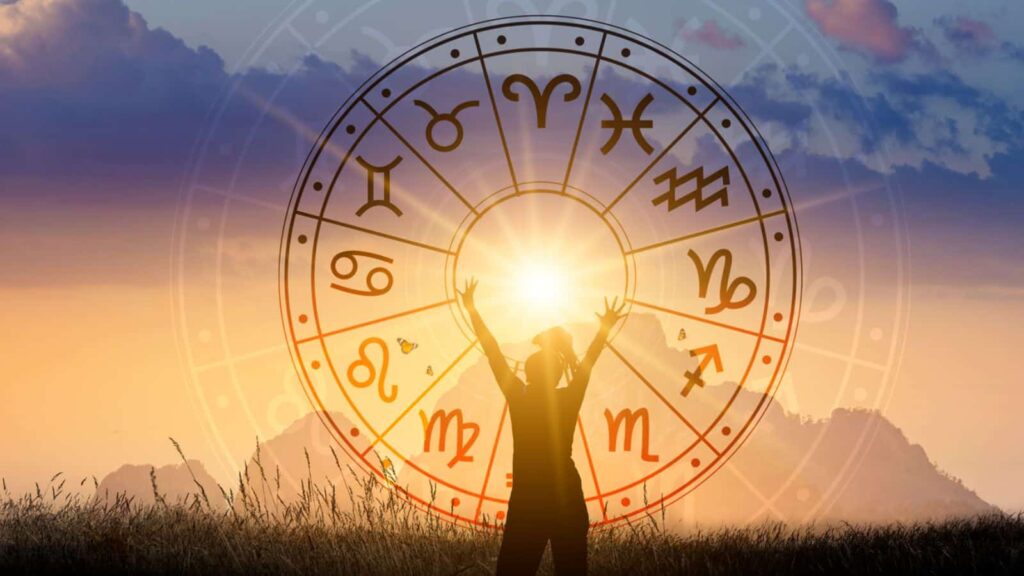
Beliefs in astrology and supernatural phenomena often lack scientific backing, and controlled studies have repeatedly failed to provide evidence supporting the influence of astrological signs on personality or the existence of supernatural events.
Six-Day Creation
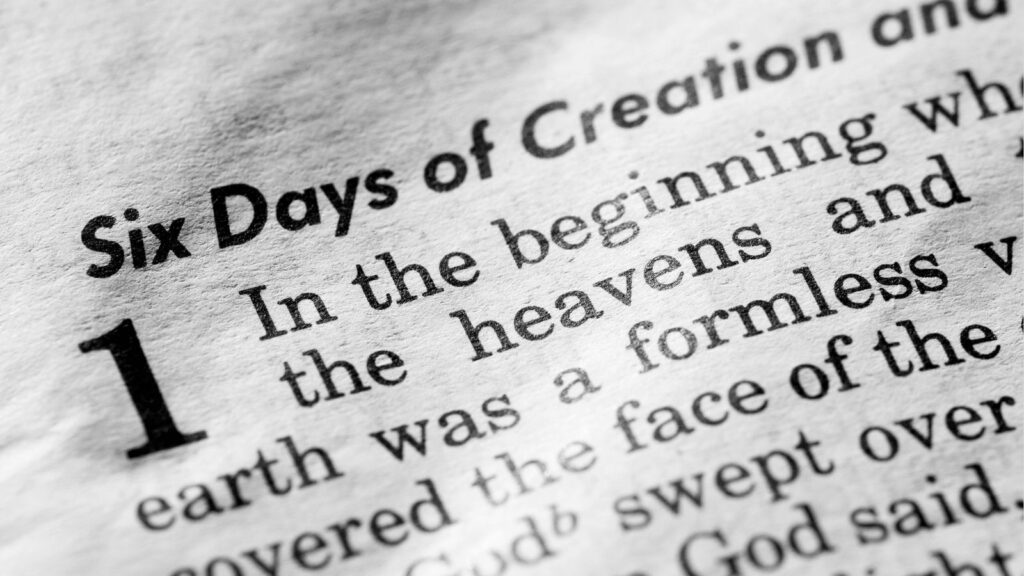
The belief that the universe and all life within it were created in six literal days is contradicted by scientific evidence. Research on the formation of stars and planets and the evolutionary process indicates a far more extended and complex timeline stretching across billions of years.
The Virgin Birth

The virgin birth is a cornerstone belief in some religions; while it holds spiritual significance, biological reproduction, as understood by current science, does not support the possibility of a virgin birth without technological intervention.
Dietary Restrictions Based on Religion

Many religions prescribe specific dietary restrictions, such as abstaining from certain foods. While these can have cultural and historical significance, there is no universal scientific evidence suggesting these restrictions are necessary for health.
The Afterlife

Beliefs in an afterlife are prevalent across many religions, but science, which focuses on the material and observable world, does not have the tools to confirm or deny the existence of an afterlife, leaving it a matter of personal faith.
The Age of the Earth

Many religious texts suggest that the Earth is only a few thousand years old. However, extensive geological and astronomical evidence, including radiometric dating and the study of ancient rock formations, reveals that the Earth is approximately 4.54 billion years old.
Humans and Dinosaurs Coexist
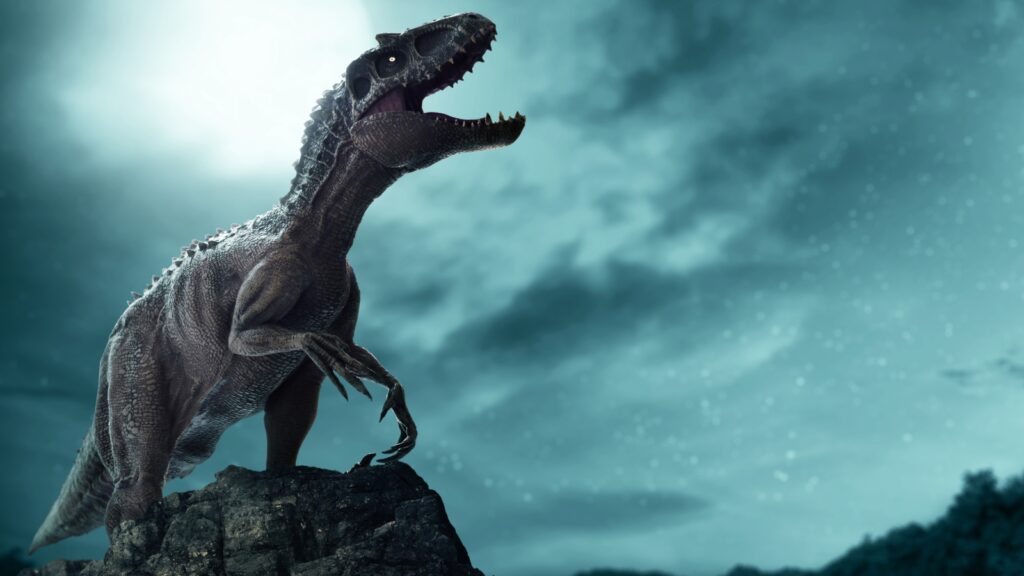
Some interpretations of religious texts suggest that humans and dinosaurs once lived together, but science suggests otherwise, as an extensive record of fossils record and scientific research indicate that non-avian dinosaurs went extinct around 66 million years ago, while the earliest humans appeared only a few million years ago.
A Global Flood
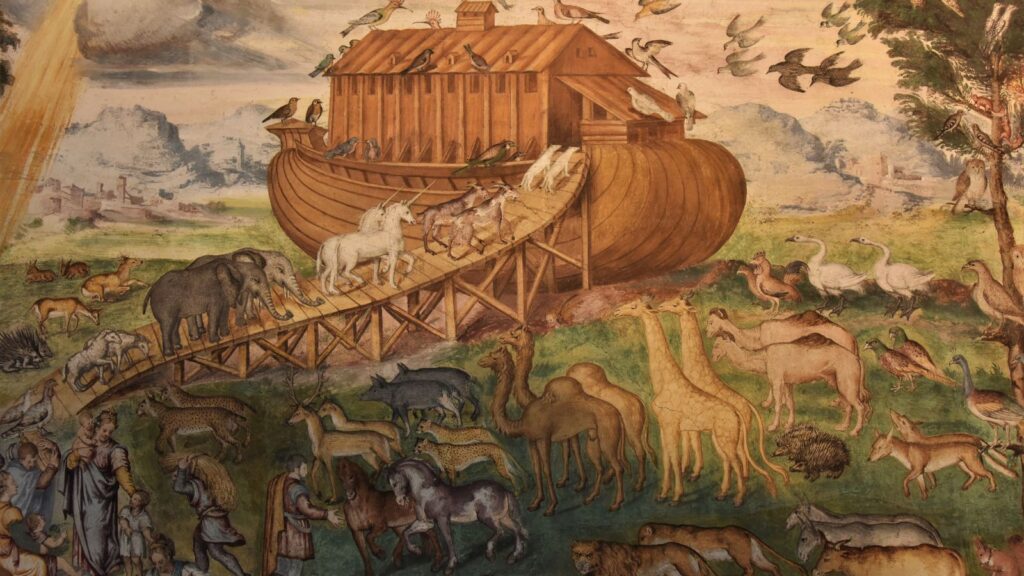
The story of Noah’s Ark describes a global flood that covered the entire Earth. Despite this narrative, geological studies show no evidence of a global flood occurring within the timeframe suggested by the story. Instead, evidence points to more localized flooding events throughout history.
Science and Faith

Despite robust science, many of these beliefs persist for various reasons, from cultural traditions to seeking personal comfort in difficult circumstances. While respecting individual beliefs, it's important to acknowledge and understand the scientific evidence that challenges these ideas. By doing so, we can foster a more informed and open-minded society.
30 Traditional Sayings That Are Now Considered Offensive by Woke Culture

30 Traditional Sayings That Are Now Considered Offensive by Woke Culture
21 Habits Often Associated With Having a Lower Social Status

21 Habits Often Associated With Having a Lower Social Status
25 Social Issues Gen Z are Determined to Cancel

